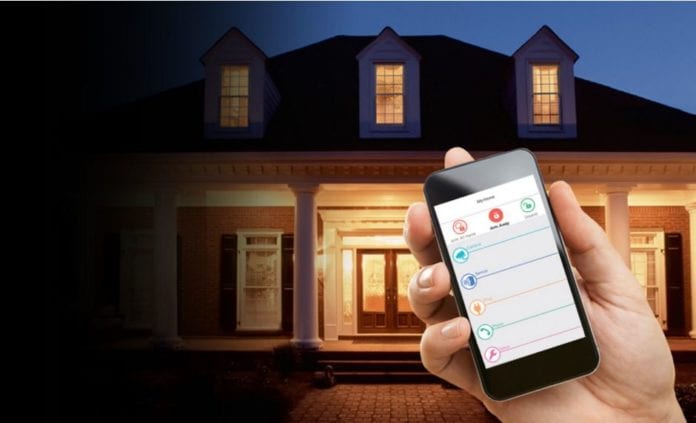Insurance companies looking to cut costs, improve business practices and better assess clients’ risk levels, will increasingly invest in the internet of things, according to Business Insider.
Some auto and health insurers are already offering a new type of insurance, usage-based insurance (UBI), that uses IoT devices to track clients’ activity and offer discounts or rewards for healthy and safe behavior. Business Insider expects 17 million people will have tried UBI auto insurance by the end of this year.

In the publication’s Insurance and the IoT Report, it looks at various markets, including auto, health and property, and discussed the way new IoT-driven trends are changing insurance models.
Here are some key points from the report:
- Auto insurers are the leading adopters of UBI insurance models. By 2020, over 50 million US drivers will have tried UBI insurance, according to our estimates.
- Healthcare insurers are giving customers free fitness trackers and offering lower premiums or other benefits for meeting daily exercise goals.
- The IoT is also helping insurers reduce risk and mitigate costs in other ways.
- Home insurance companies are incentivizing customers to install connected devices that warn of potential danger to properties.
- IoT-based analytics can be used to predict future events, such as major weather patterns. This can help insurers better price policies and prepare customers for upcoming incidents, which should help reduce damages.
- Property insurance companies are increasingly using drones to assess damages after an incident has occurred. Consulting firm Cognizant estimates that drones will make insurance adjusters’ work flow 40%-50% more efficient.
We have all read the estimates putting the number of active IoT-enabled devices at the tens of billions by 2020. What may be more of a surprise, is that insurance companies have already begun to implement new pricing models around the internet of things in order to price risk, lower prices and rollout new products.

There are three key ways IoT is having an impact on insurance value propositions, according to a report from Roland Berger that found 60% of European top insurers have already launched connected car solutions:
- Customization of offers improved risk selection (customized pricing & guarantees)
- Prevention and early detection claims reduction (rewards for low risk behaviors ; claims early detection)
- Customer relation management improvement increased proximity/ frequency of interactions with customers ; high added value services ; differentiation of offers / new image
IoT-based use cases for the insurance industry
Here are 11 examples of how connected devices are changing the landscape for insurers and their customers, according to CB Insights:
- Internet-connected doorbells that prevent burglaries
- Real-time weather data that make insurers more prepared for natural disasters
- Drones that make adjusters’ jobs much easier
- Mileage-based car insurance
- Monitoring driver habits
- Fitness trackers to promote healthy habits
- Connected thermostats
- Automated smoke detector tests
- Remotely detecting frozen pipes
- Remote home surveillance
- Automated home repair requests
From use cases to case studies, turning ideas into actions
John Hancock, an insurance and financial services firm, began a program last year rewarding customers for using wearables. As part of the program, policyholders receive personalized health goals and could log their activities using online and automated tools. The insurance company was even giving every new policyholder a free Fitbit as one easy way to track their progress.

Policyholders immediately begin accumulating “Vitality Points” after their policy is issued and when they complete health-related activities like exercising, getting an annual health screening or even a flu shot. The number of Vitality Points a policyholder earns over the course of a year determines their program status level. The healthier their lifestyle, the more points they can accumulate to earn valuable travel, shopping and entertainment-related rewards and discounts from leading retailers. Additionally, depending on the type of product they purchase, a policyholder could save as much as 15% off their annual premium.

Nest, one of the driving forces behind in-home IoT, has gotten a lot of attention from insurance providers. The Nest Protect smoke and carbon monoxide alarm is a smart device released in 2013. Liberty Mutual, a property insurance company, partnered with Nest to offer savings when using the IoT-connected device, due to its claim of enhancing your home’s safety. Once you have your Nest Protect connected in your home, Liberty Mutual takes up to 5% off insurance premiums, and sends customers a $99 Nest Protect at no cost.

